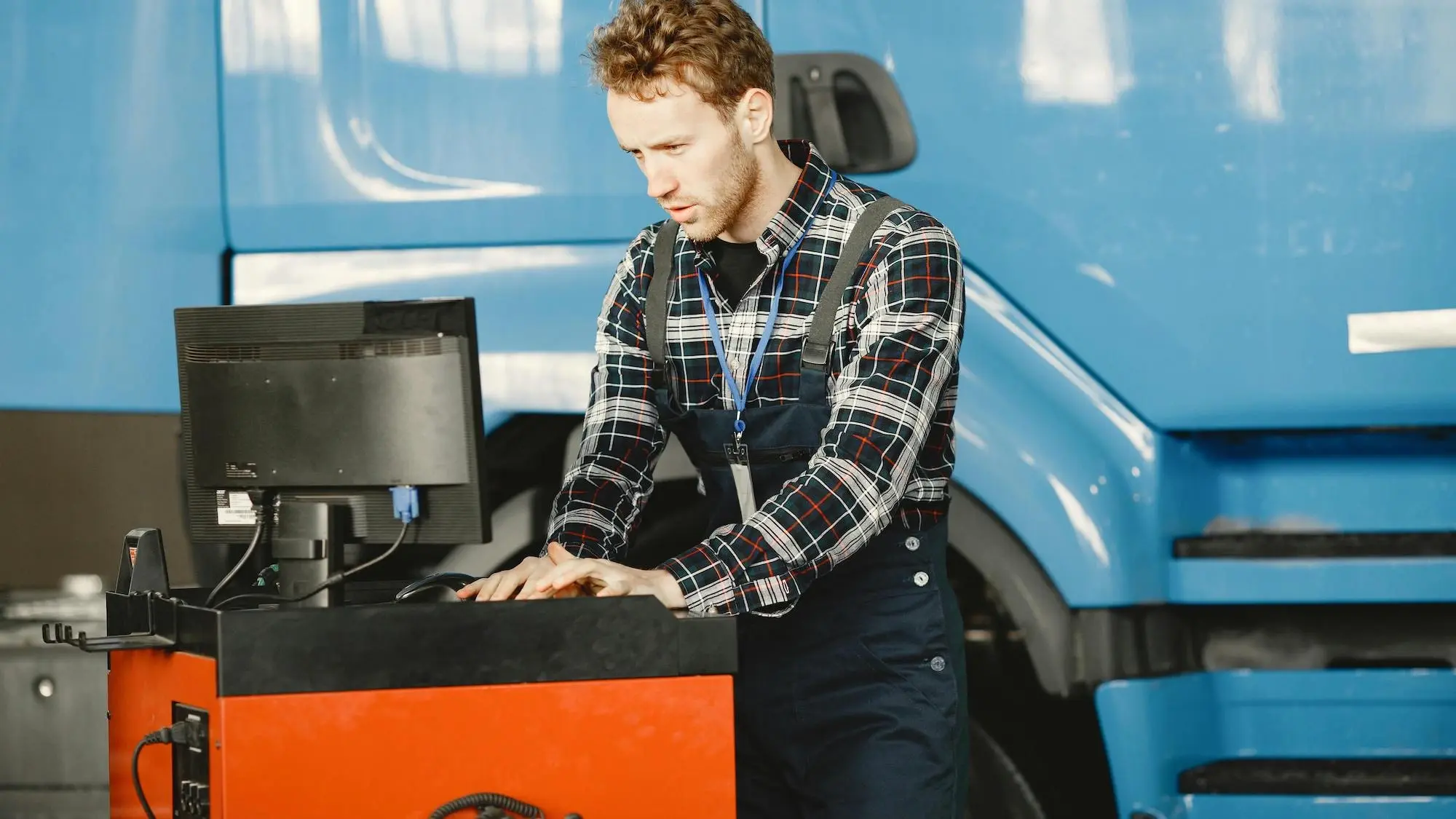
The future of freight forwarding is not a distant concept—it's here and accelerating at an unprecedented pace. You've likely read about the major trends reshaping the logistics landscape, from the rise of AI to the demand for greater sustainability. But what does this mean for your business, right now? How do you transform these broad ideas into a practical, implementable logistics action plan?
This article is designed to be your actionable roadmap. We will move beyond the headlines and provide clear, manageable steps to help you build a future-proof logistics strategy. We'll break down the five most critical trends—technology, resilience, sustainability, talent, and customer experience—into a freight forwarding services strategy designed for the next five years. This is about strategically investing in the right freight forwarder technology, building a more resilient network, and positioning your company as a modern, forward-thinking leader in a dynamic industry.
1. The Digital Imperative: Strategically Investing in Technology
If there's one non-negotiable step to future-proofing your business, it's a commitment to digital transformation. While many companies have hesitated due to cost or complexity, the data shows that the return on investment is undeniable.
According to a McKinsey report, companies that have been early adopters of technology, specifically AI, have improved logistics costs by 15%, inventory levels by 35%, and service levels by 65%.
This isn't just about efficiency; it's about gaining a significant competitive edge.
The core of this transformation lies in implementing AI in logistics. Think of AI not as a replacement for human expertise but as an enhancement. AI-powered tools can analyze vast datasets to provide humanly impossible insights to gather in real time. For instance, AI algorithms can perform real-time route optimization, analyzing traffic, weather, and road conditions to find the most efficient shipment path, reducing travel time and fuel consumption. Predictive analytics, another AI application, allows you to forecast potential disruptions before they happen, enabling you to proactively adjust schedules or reroute shipments to mitigate risks.
But the digital evolution extends beyond AI. As explored in our blog on outbound freight innovations, other technologies are just as vital. Autonomous vehicles and drones are moving from concept to reality, promising to increase efficiency and lower labor costs, especially when it comes to last-mile delivery. Big Data, the foundation for these systems, gives you a macro and micro-level view of your entire operation, allowing you to diagnose and resolve costly inefficiencies. The goal is to become a true digital freight forwarder, leveraging a connected ecosystem of systems and data to streamline every process.
2. Building a Resilient and Agile Network
The past few years of geopolitical instability, extreme weather events, and global pandemics have taught us a harsh lesson: a rigid supply chain is vulnerable. Building a supply chain resilience strategy is no longer a luxury—it's necessary for business continuity. Whether it's e-commerce or moving goods internationally, your supply chain needs multiple backup plans.
The first step in this action plan is diversification. Relying on a single carrier, supplier, or port creates a single point of failure. By diversifying your carrier base and building relationships with partners across different regions, you create a more robust network that can withstand shocks. Cloud-based platforms are the key to managing this complexity. Centralizing documentation and data on a single, secure platform allows all stakeholders to access the same up-to-date information in real time, making it easier to pivot when disruptions occur.
A study by the Business Continuity Institute found that 87% of organizations with a formal plan saw a faster recovery after a disruptive event. Additionally, 80% reported enhanced safety and accountability for staff, and 77% saw a reduction in the costs associated with the disruption.
Your logistics business plan should include a clear, pre-defined protocol for responding to unexpected events.
3. Sustainability: Beyond the Buzzword
The push for sustainability in freight is driven by both environmental necessity and commercial opportunity. From new government regulations to a growing consumer demand for eco-conscious businesses, a green logistics approach is increasingly vital.
For instance, a PwC 2024 Voice of the Consumer Survey found that 80% of consumers are willing to pay more for sustainably produced or sourced goods, even amidst economic pressures.
So, how can you integrate sustainability in freight into your operations?
-
Leverage Technology: As mentioned earlier, AI-powered route optimization reduces your carbon footprint by minimizing travel distances and fuel consumption.
-
Partner with Green Carriers: Aligning with carriers investing in alternative fuels, such as electric or hydrogen-powered vehicles, can significantly reduce your environmental impact and enhance your brand's reputation.
-
Optimize Packaging: Advise your clients on reducing packaging materials and switching to sustainable, recyclable options. This will reduce waste, shipping weight, and costs.
By making sustainability a core component of your freight forwarding strategy, you can improve operational efficiency, reduce costs, and appeal to a new generation of environmentally aware customers.
4. The Human Element: Training, Talent, and Innovation
Technology is a powerful tool, but it's only as effective as those who wield it. Investing in your workforce is critical to any successful logistics business plan.
The World Economic Forum predicts that by 2025, 50% of all employees will require reskilling as new technologies reshape the skills landscape.
This presents a dual opportunity:
-
Upskill Your Existing Team: Provide training programs that help your employees master new freight forwarder technology, such as data analytics platforms, automated systems, and supply chain software. Empowering your team with new skills improves their performance and boosts morale and retention.
-
Attract New Talent: Younger generations, particularly Gen Z, are highly motivated by opportunities to work with advanced technology. Surveys show that a significant majority of Gen Z members are influenced in their career choices by a company's use of cutting-edge tech. You can attract your team's best and brightest talent by showcasing your commitment to a digital freight forwarder model.
The goal is to foster a culture of continuous learning and innovation. When your employees feel valued and are equipped with the skills for tomorrow, they become a source of competitive advantage.
Your Action Plan for a Brighter Future
The logistics industry is constantly changing, and the key to success is proactive adaptation. Future-proofing your freight forwarding business isn't about making one significant change; it's about a continuous, multi-faceted approach. By strategically investing in freight forwarder technology, building a resilient network, prioritizing sustainability in freight, and empowering your team, you can build a robust logistics business plan that will stand the test of time.
Navigating this journey can seem complex, but you don't have to do it alone. At Customodal, we are a partner dedicated to helping you translate these trends into a tangible freight forwarding strategy. We provide expert guidance and technological solutions to build a truly future-proof business. From implementing AI to optimizing your supply chain, we're here to help you turn today's challenges into tomorrow's successes.
Contact us today to begin your journey into the future.





